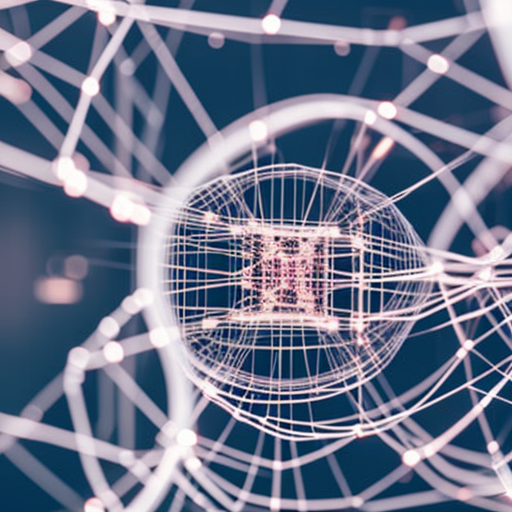Summary:
Quantum error correction is a crucial aspect of quantum computing that aims to protect quantum information from errors caused by noise and decoherence. It involves encoding quantum states into a larger space and implementing error-detection and error-correction techniques to preserve the integrity of the information. By using quantum error correction codes, researchers can mitigate the effects of errors and improve the reliability of quantum computations.
Introduction to Quantum Error Correction:
Quantum error correction is a field of study that addresses the challenges of preserving quantum information in the presence of errors. In quantum computing, errors can occur due to various factors, such as noise, decoherence, and imperfect operations. These errors can quickly accumulate and lead to the loss of valuable quantum information. Quantum error correction techniques aim to detect and correct these errors to ensure the accuracy and reliability of quantum computations.
Quantum Error Correction Codes:
Quantum error correction codes are mathematical constructs that encode quantum states into a larger space, allowing for the detection and correction of errors. These codes are designed to protect against specific types of errors and can be tailored to the characteristics of the quantum system being used. The most commonly used quantum error correction codes are the stabilizer codes, which are based on the principles of quantum error correction developed by Peter Shor and Andrew Steane.
Stabilizer Codes:
Stabilizer codes are a class of quantum error correction codes that use a set of stabilizer operators to detect and correct errors. These codes are defined by a set of generators that commute with each other and with the error operators. The stabilizer operators provide information about the errors that have occurred and allow for their correction. By measuring the stabilizer operators, researchers can determine the presence of errors and apply appropriate corrections to restore the original quantum state.
Quantum Error Detection:
Quantum error detection is an essential step in quantum error correction. It involves measuring the stabilizer operators to determine the presence of errors. The measurement outcomes provide information about the error syndromes, which indicate the type and location of errors. By analyzing the error syndromes, researchers can identify and locate errors in the quantum state.
Quantum Error Correction:
Once errors have been detected, quantum error correction techniques can be applied to correct the errors and restore the original quantum state. These techniques typically involve applying a series of quantum gates and measurements to reverse the effects of the errors. By using the information obtained from the error syndromes, researchers can determine the appropriate corrections to apply.
Challenges and Future Directions:
Quantum error correction is a complex and challenging field that requires careful consideration of various factors, such as the type and strength of errors, the available resources, and the computational overhead. Researchers are continuously exploring new techniques and codes to improve the efficiency and reliability of quantum error correction. Some of the current areas of research include fault-tolerant quantum computing, topological codes, and error mitigation strategies.
Conclusion:
Quantum error correction is a fundamental aspect of quantum computing that aims to protect quantum information from errors. By using quantum error correction codes and techniques, researchers can detect and correct errors, improving the reliability and accuracy of quantum computations. Although quantum error correction poses significant challenges, ongoing research and advancements in the field offer promising avenues for the development of robust and fault-tolerant quantum computing systems.












